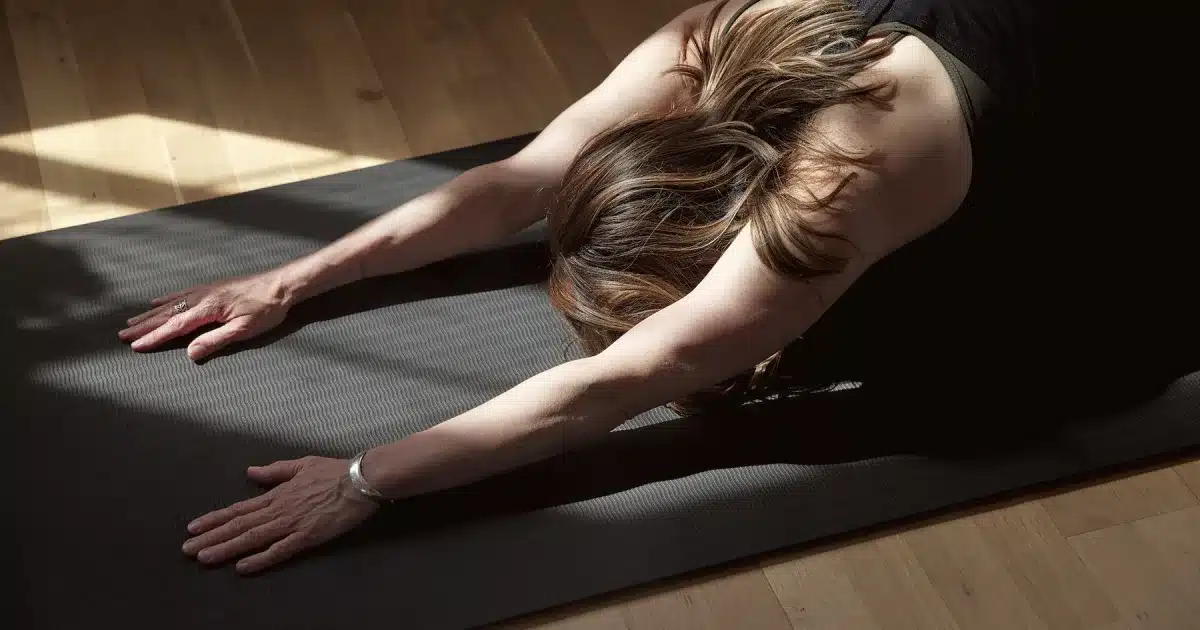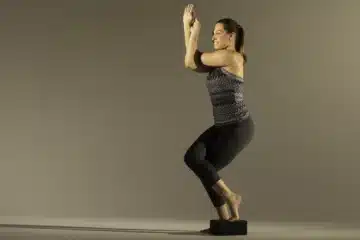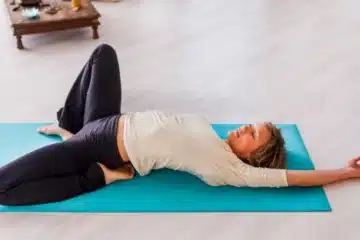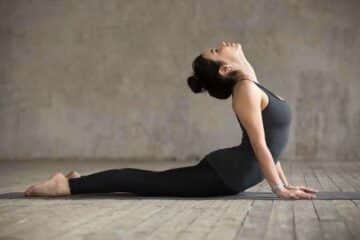In the hustle and bustle of modern life, finding moments of stillness and relaxation can feel like a luxury. Restorative yoga offers a sanctuary—a quiet refuge where practitioners can unwind, release tension, and nurture the body, mind, and spirit.
Rooted in the principles of relaxation and surrender, restorative yoga poses are designed to support the body in gentle, passive stretches that promote deep relaxation and rejuvenation.
In this article, we’ll delve into the essence of restorative yoga, explore a variety of restorative poses, and offer insights to help you create your own restorative practice for ultimate relaxation and renewal.
The Essence of Restorative Yoga
Restorative yoga is a gentle and therapeutic practice that focuses on relaxation and stress relief. Unlike more dynamic styles of yoga that emphasize movement and strength, restorative yoga invites practitioners to surrender into supported poses for extended periods, allowing the body to release tension, calm the nervous system, and find a sense of deep relaxation.
Props such as bolsters, blankets, and blocks are often used to provide support and comfort, enabling practitioners to fully relax into each posture and experience a profound sense of ease and well-being.
Benefits of Restorative Yoga Poses:
- Stress Reduction: Restorative yoga poses activate the parasympathetic nervous system—the body’s natural relaxation response—triggering a cascade of physiological changes that promote deep relaxation and stress reduction. By allowing the body to rest and unwind, practitioners experience a sense of calm and tranquility that carries into their daily lives.
- Physical Relaxation: Restorative yoga poses gently stretch and release tension in the muscles, ligaments, and connective tissues, promoting physical relaxation and rejuvenation. As the body softens and opens, practitioners experience a profound sense of release and relief from chronic tension and discomfort.
- Mental Clarity: Restorative yoga poses provide an opportunity to quiet the mind and cultivate mental clarity and focus. By directing attention inward and letting go of external distractions, practitioners can access a state of deep inner peace and stillness that allows for greater clarity, insight, and self-awareness.
- Emotional Healing: Restorative yoga poses offer a safe and supportive space for emotional healing and processing. As practitioners relax into each posture, they may become aware of emotions or sensations that have been stored in the body, allowing them to release and heal on a deep level. This process can lead to greater emotional resilience, self-compassion, and acceptance.
Exploring Restorative Yoga Poses:
- Supported Child’s Pose (Balasana): Begin by placing a bolster lengthwise on your mat and kneeling in front of it. Spread your knees wide and bring your big toes together to touch. Rest your torso on the bolster, allowing your forehead to come to the mat and your arms to extend forward. Relax deeply into the pose, allowing the spine to lengthen and the hips to release.
- Supported Bridge Pose (Setu Bandhasana): Lie on your back with your knees bent and feet hip-width apart. Place a bolster or block underneath your sacrum and allow your arms to rest by your sides with palms facing up. Close your eyes and relax deeply into the support of the bolster, feeling a gentle opening in the chest and shoulders.
- Reclining Bound Angle Pose (Supta Baddha Konasana): Lie on your back with your knees bent and feet together, allowing your knees to fall open to the sides. Place a bolster or folded blanket underneath your spine for support, allowing your arms to rest by your sides with palms facing up. Close your eyes and surrender into the pose, feeling a deep release in the hips and groin.
- Legs-Up-the-Wall Pose (Viparita Karani): Sit sideways next to a wall with your knees bent and feet on the floor. Swing your legs up the wall and lie back, allowing your arms to rest by your sides with palms facing up. Relax deeply into the pose, feeling a gentle stretch in the hamstrings and a sense of grounding and relaxation throughout the body.
Conclusion
Restorative yoga poses offer a pathway to deep relaxation, rejuvenation, and renewal. By surrendering into supported postures and allowing the body to rest and unwind, practitioners can experience a profound sense of ease and well-being that extends far beyond the mat.
Whether you’re seeking stress relief, physical relaxation, mental clarity, or emotional healing, restorative yoga poses provide a sanctuary where you can find peace, stillness, and restoration amidst the busyness of life.
So take a deep breath, roll out your mat, and allow yourself to surrender into the nurturing embrace of restorative yoga, where relaxation and renewal await.



